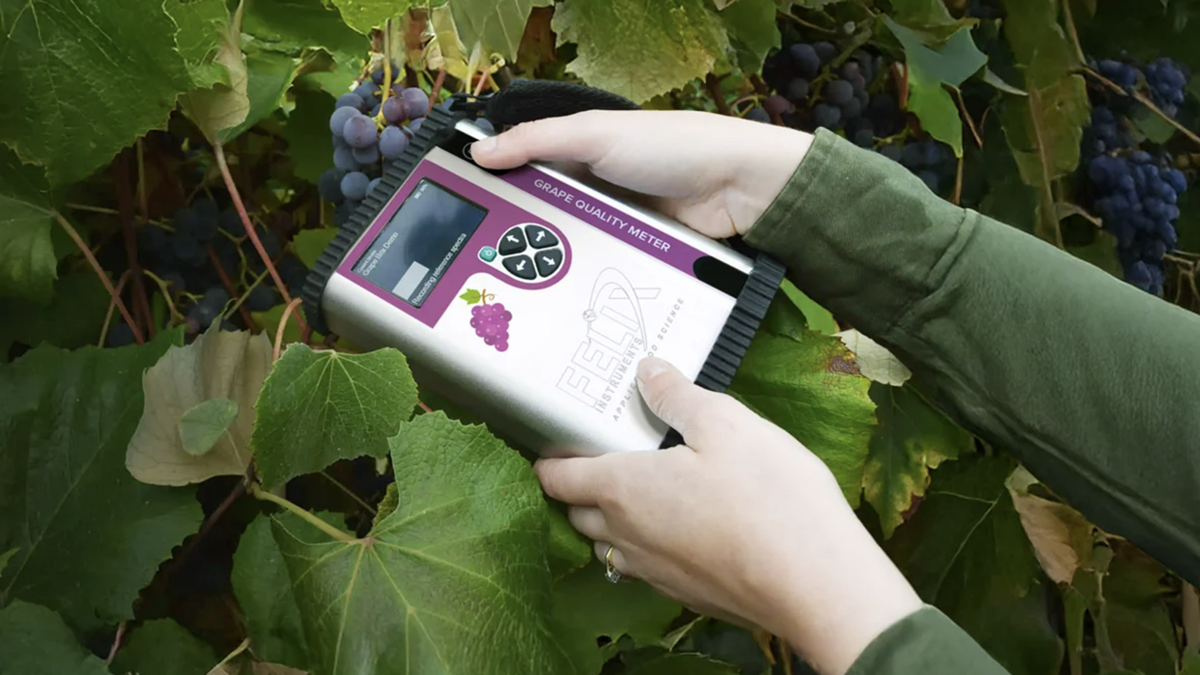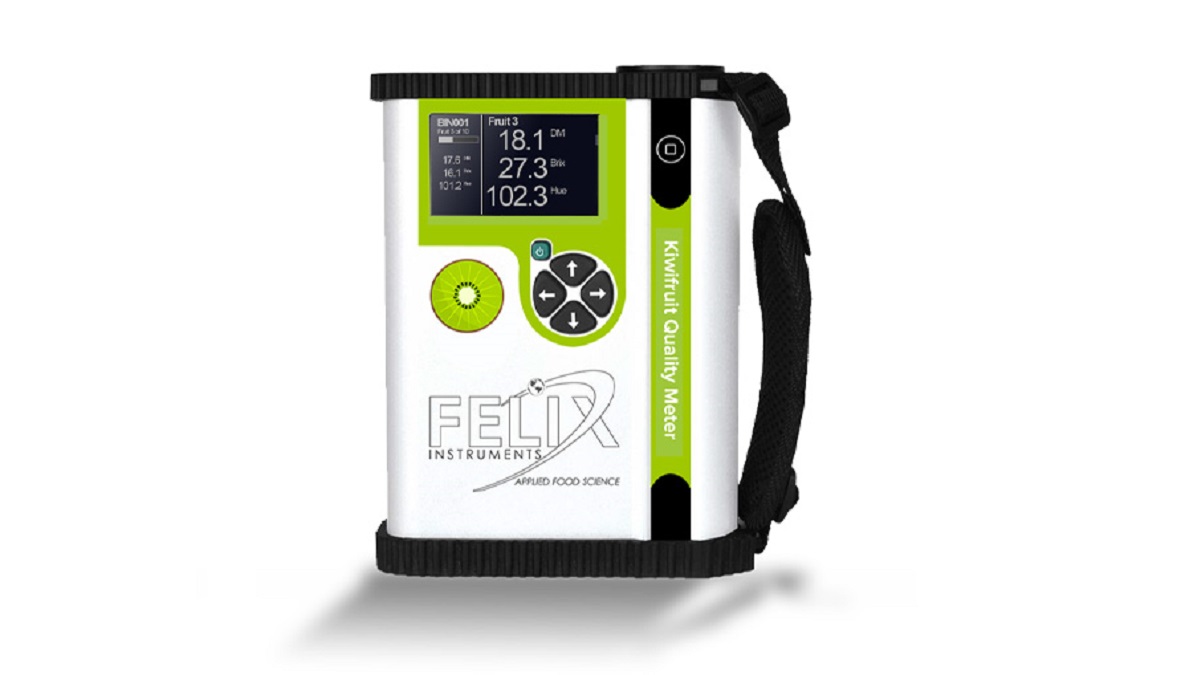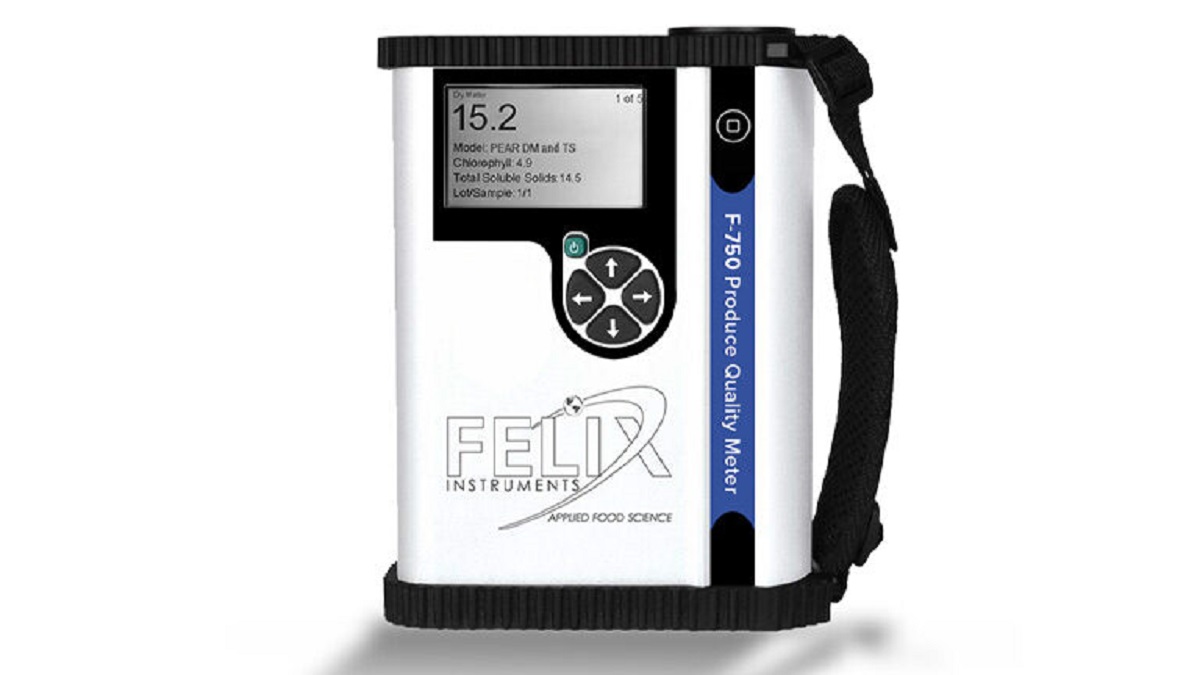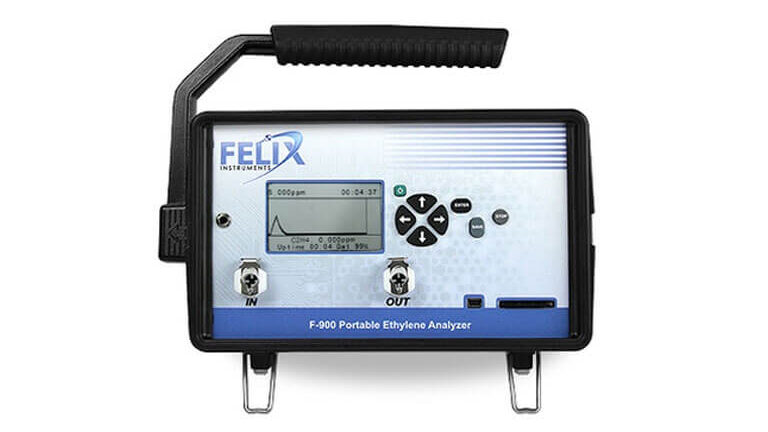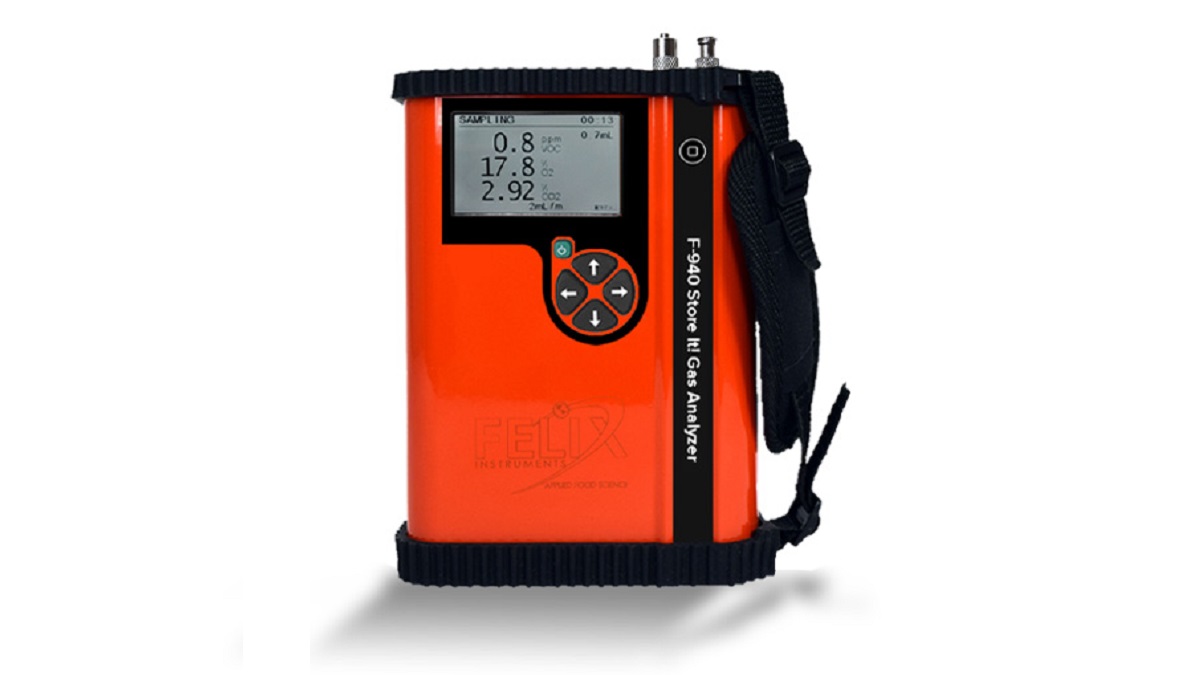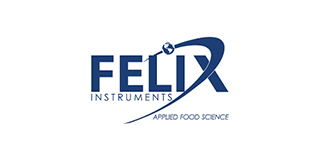

Felix Instruments
Measurements
What Are Kiwifruit Harvest Maturity Indices and Why Are They Important?
Felix Instruments' NIR technology enables precise, nondestructive estimation of kiwifruit harvest maturity, ensuring optimal quality and minimizing waste across the supply chain
.jpg)
Harvest maturity indices are vital for determining the optimal time to harvest kiwifruits, ensuring maximum quality and shelf life. With an increasing shift from subjective visual and texture evaluations to objective, data-driven methods, harvest maturity indices are key to ensuring that kiwifruits meet consumer expectations while maximizing yield and minimizing waste.
What Are Harvest Maturity Indices?
A Harvest Maturity Index (HMI) is a parameter that helps identify the best time for harvesting fresh produce. It ensures peak storage conditions, high postharvest quality, and prolonged shelf life.
Harvest maturity marks the point when the fruit has reached physiological maturity, meaning it is fully ripe but not overripe. The harvest maturity index indicates the optimal stage for harvesting, allowing for further postharvest development while maintaining the fruit's appearance, flavor, and shelf life.
Harvest maturity indices can include various quality characteristics such as visual, chemical, physical, and physiological parameters. Non-destructive methods, which allow for accurate maturity estimation without damaging the fruit, are especially effective in preventing wastage.
Nondestructive Kiwifruit Harvest Maturity Indices
Two common nondestructive indices for kiwifruits are soluble solid content (SSC) and dry matter content (DM). These indices ensure kiwifruits are harvested when they are fully mature but not yet ripe. As climacteric fruits, kiwifruits continue ripening after harvest, with changes in flavor and appearance. A minimum of 90 kiwifruits are tested to establish these indices.
Soluble Solid Contents (SSC)
SSC is a key maturity index that measures sugar accumulation in kiwifruits, expressed in °Brix. As kiwifruits ripen, SSC increases as starch converts to sugar. While SSC is still used, it is being replaced by dry matter content (DM) as a more reliable maturity index.
Dry Matter Content (DM)
Dry matter represents the solids remaining after removing water from the fruit. This includes sugars, starch, organic acids, vitamins, and minerals. DM is an ideal harvest maturity index for several reasons:
- It correlates with sugar content due to starch conversion.
- It is linked with titrable acids, critical for flavor.
- DM serves as a good predictor of consumer acceptance based on taste and sugar-to-acid ratio.
- It is associated with structural carbohydrates and firmness, important for fruit storability.
While high DM is preferred, excessively high levels can lead to overly sweet fruit with an undesirable sugar-to-acid ratio. The ideal DM varies depending on desired SSC and titrable acidity at consumption.
Optimum Harvest Indices for Kiwifruit Worldwide
Harvest maturity indices for kiwifruits vary depending on regional factors like climate and cultivar. Here are some examples:
European Union
Kiwifruits for export to the EU must meet the following standards:
- 6.2° Brix SSC (minimum)
- 15% dry matter content
New Zealand
New Zealand, a leading exporter of kiwifruits, has specific harvest indices for different cultivars:
Zespri GOLD: ~17% dry matter for 14% SSC at consumption. Hayward:
- SSC: 6.2%
- Dry matter: 15-20%, yielding 16% SSC at consumption
Other cultivars, such as Sweet Green and Rubyred, have their own specific indices for dry matter and SSC.
California
In California, kiwifruits need to achieve an SSC of >11.6% at consumption.
South Africa
Golden kiwifruit cultivars like ‘Y368’ and ‘Soreli’ require 6-7° Brix SSC at harvest.
General Recommendations
In regions without specific guidelines, a minimum 16% dry matter content is commonly used for high-quality kiwifruits. Additionally, a dry matter of around 15% is suitable when the titrable acidity is 1.2%.
These indices help ensure kiwifruits are harvested at the optimal time, maintaining quality and storability across various regions.
Nondestructive Estimation of Harvest Indices
Nondestructive tools are essential for determining harvest maturity while reducing fruit wastage. Near Infrared (NIR) Spectroscopy is the standard method for estimating harvest indices.
One such tool is the F-751 Kiwifruit Quality Meter from Felix Instruments Applied Food Science, which uses both NIR and visible light bands to measure key quality parameters, including:
- Internal and external color
- Dry matter content
- Soluble solid content (SSC)
- Titrable acidity
The F-751 Kiwifruit Quality Meter is portable, easy to use, and provides real-time results, making it ideal for use from the farm to the supply chain. By leveraging such tools, kiwifruit growers can optimize harvest timing, improve fruit quality, and enhance sustainability throughout the supply chain.


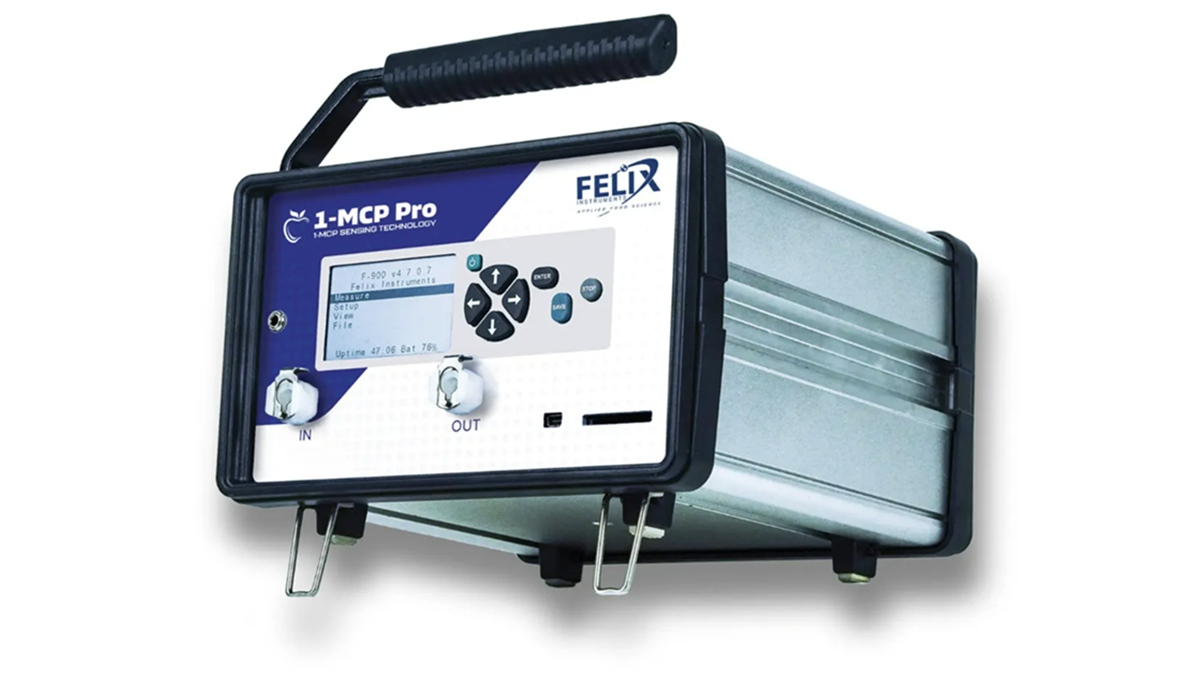
.jpg)
